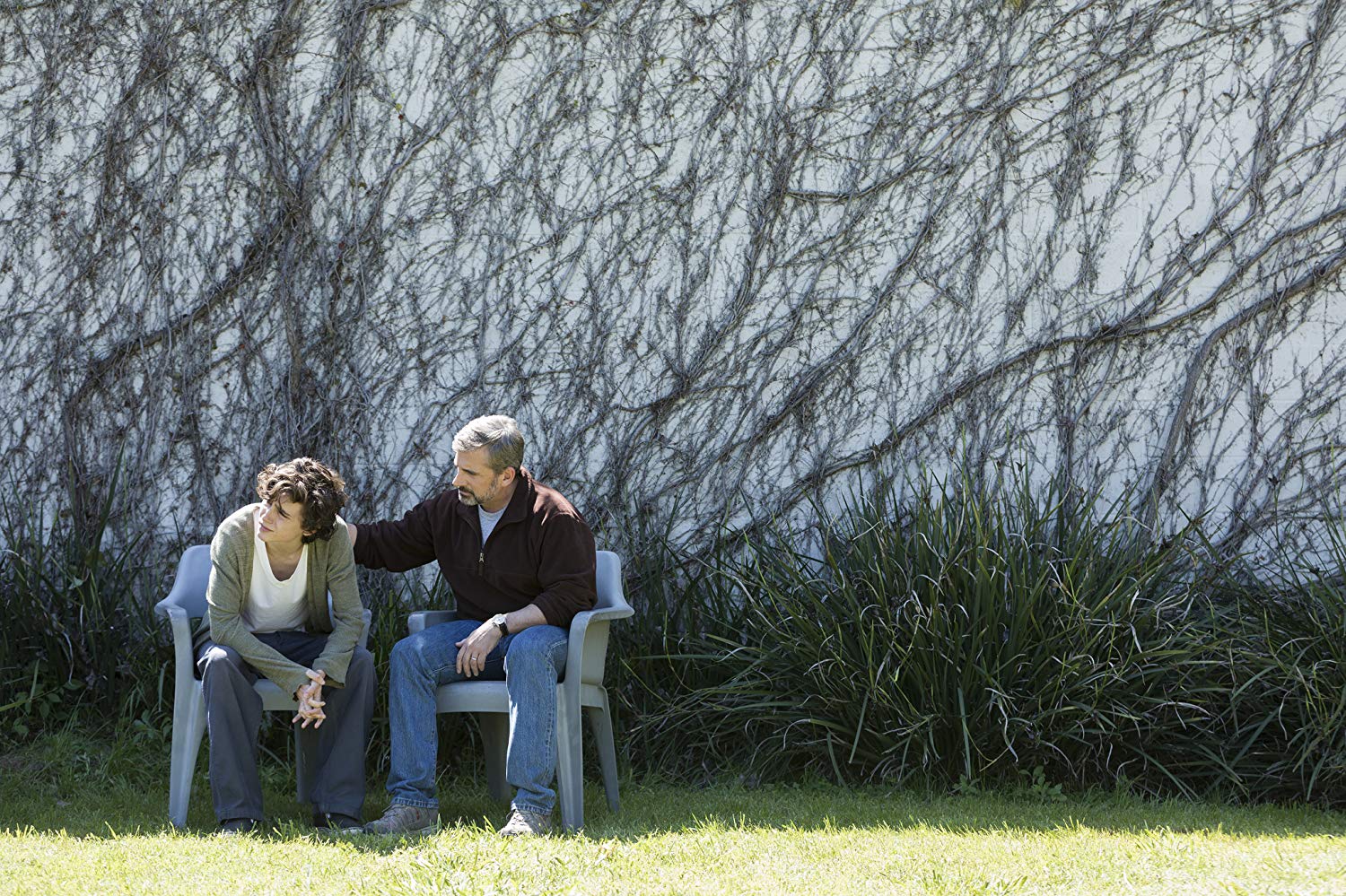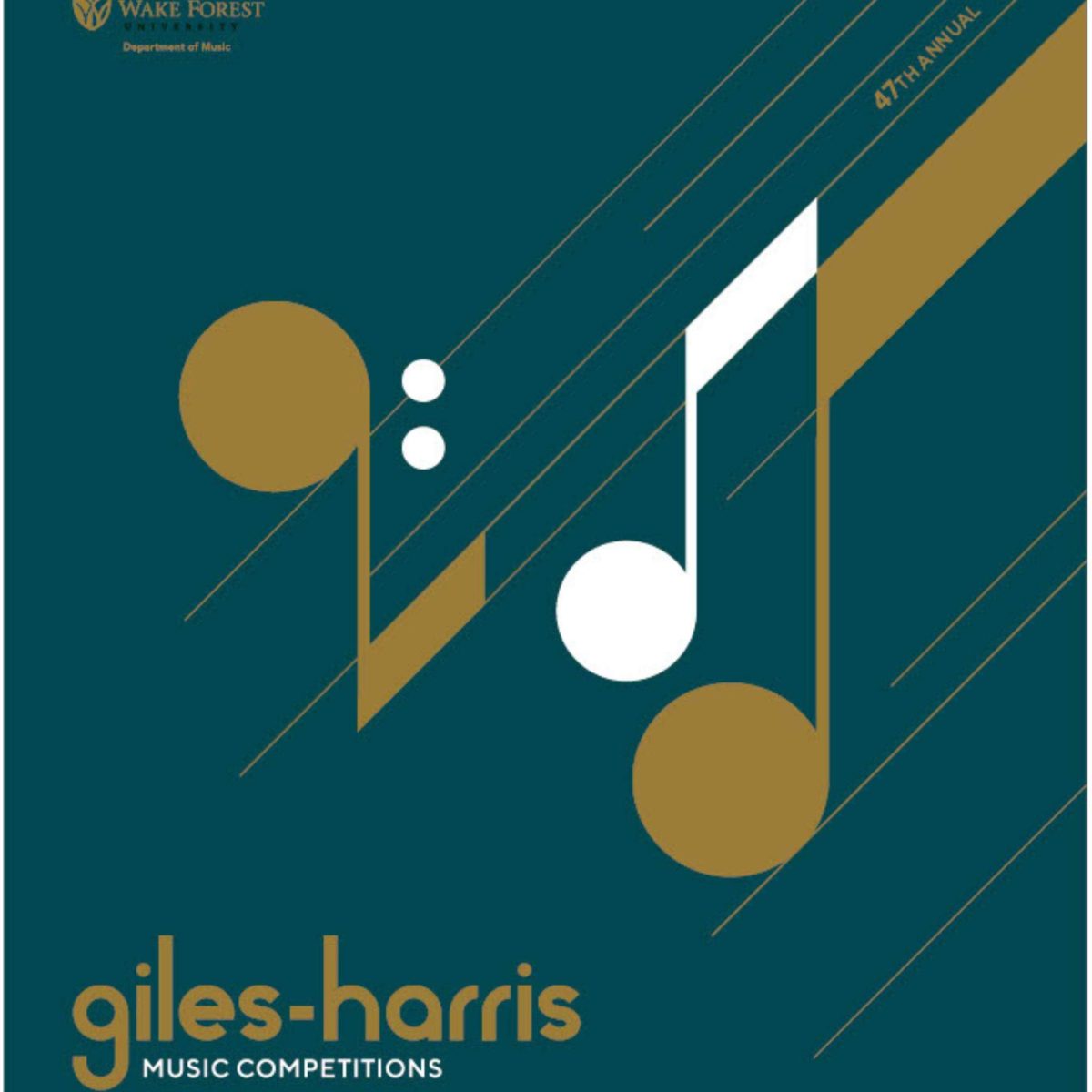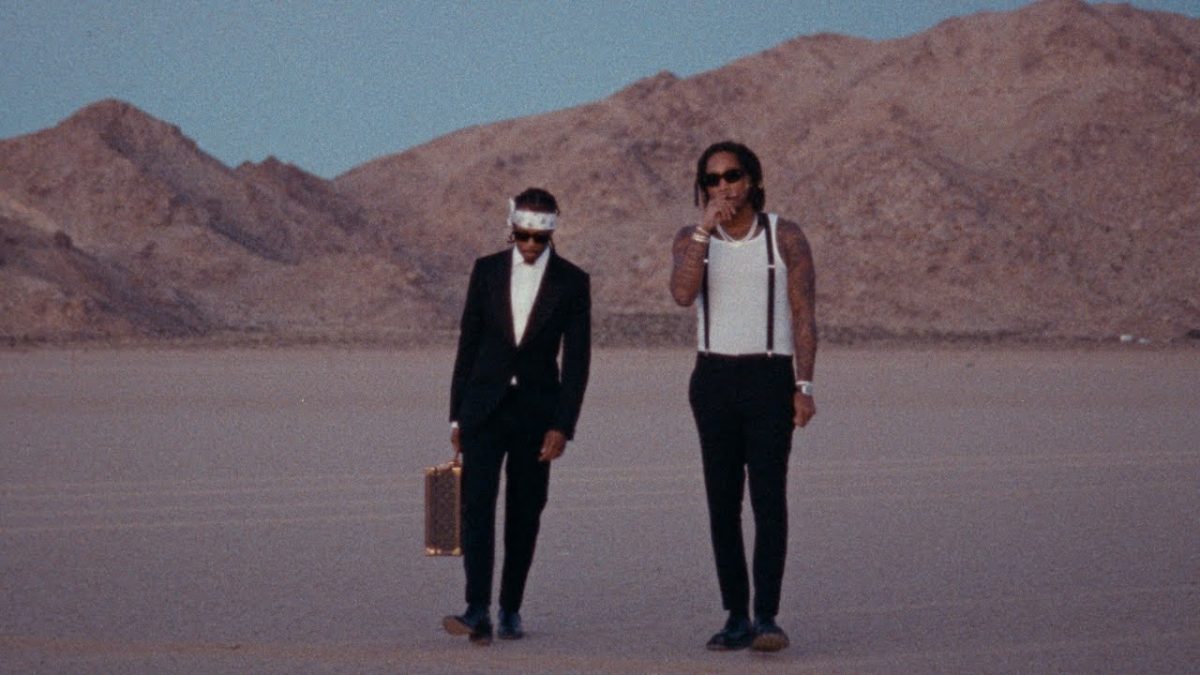Severe drug abuse has been the center of films ranging from the blockbuster-style Wolf of Wall Street to the jarring Requiem for a Dream. When I think of any of these films, it’s easy to recall that same feeling of despair — painfully engrossed, you watch the characters spiral into the abyss of addiction. Felix Van Groeningen’s Beautiful Boy is no exception to this emotional experience. That being said, the movie does work beyond this one plot point, providing both an important message and shockingly pleasant affects. Based on the individual memoirs of Nic and David Sheff, Beautiful Boy is a gorgeous, heartbreaking story of a son’s addiction to crystal meth and a father’s struggle to save him.
At the level of plot, the film moves past the archetypal drug abuser so often portrayed in movies about addiction. In fact, I spent much of the movie trying to pin down a reason as to why Nic (Timothée Chalamet) became addicted to crystal meth. He comes from a loving, intellectual and trusting family. His house is swanky, he is a talented writer and he has two adorable step-siblings. Alongside his father David (Steve Carell), I was searching to find an explanation. As the movie progressed, it became clear that I wasn’t supposed to figure it out. As Van Groeningen stated in an interview with BUILD, addiction has no face.
During one of his periods in rehab, Nic tells a crowd of other recovering addicts that he has this “black void” inside of him that he can’t figure out how to fill. This “black void,” which is often filled with drugs, is a universal affliction. Although I wouldn’t call this movie a public service announcement, it works to redefine the misconception that only a certain type of individual can get addicted to these substances.
Despite sadness and pain being at the helm of Nic and David’s story, there are many elements of the film that were visually pleasing. The camera angles and colorful settings were almost whimsical, seemingly contradicting the severity of the issue at hand. In a way, the sun-dappled shots of San Francisco and artistically angled portraits worked in the film’s favor. It put Nic’s struggle in direct relationship with the gloriousness of life, creating even more of a desire within the audience to see him change for good. The soundtrack thread these elements together, with John Lennon’s “Beautiful Boy,” Nirvana’s “Territorial Pissings” and Pavlov’s Dog’s “Of Once and Future Kings” moving in time with the story.
However, this is not to say that there aren’t horrifying scenes as well. Watching Nic inject himself with heroin and walk around his college campus with a zombie-like high was hard to take, as well as the many sorrow-filled fights between Nic and David.
One of Van Groeningen’s most prominent delineations from a classic plotline was his decision to lay out the movie non-chronologically. Rather, the film is organized in the way that made the most emotional sense, with vignettes from Nic and David’s past injected throughout. Beginning a year after Nic’s first time trying crystal meth, the movie jumps back to the start of Nic’s spiral just after the audience becomes aware of the severity of his addiction.
Ultimately, Beautiful Boy is purposefully a beautiful film. It made me smile, it made me frustrated and it made me cry. To experience a raw, human depiction of addiction and its effects on those who love the victim most, watch this movie.








